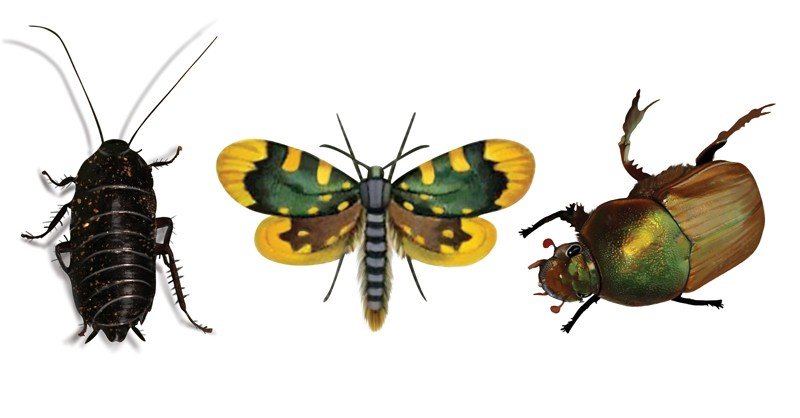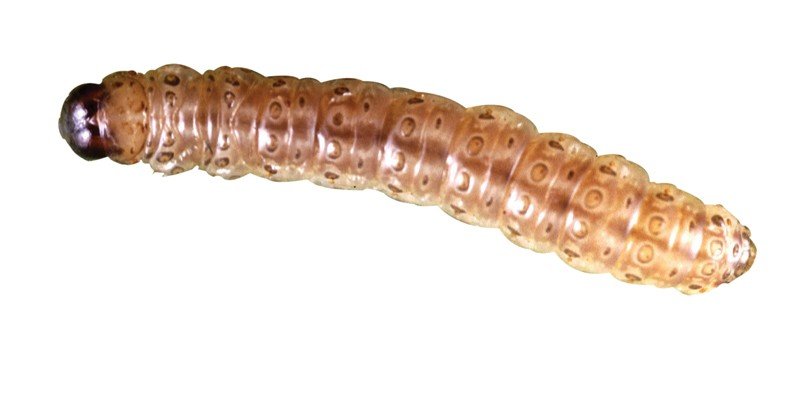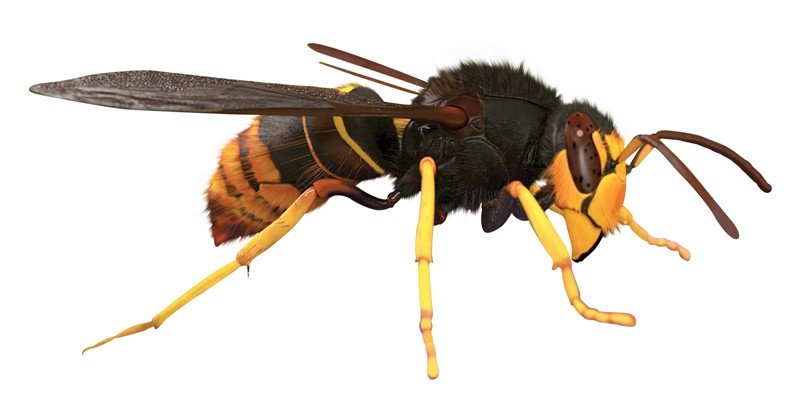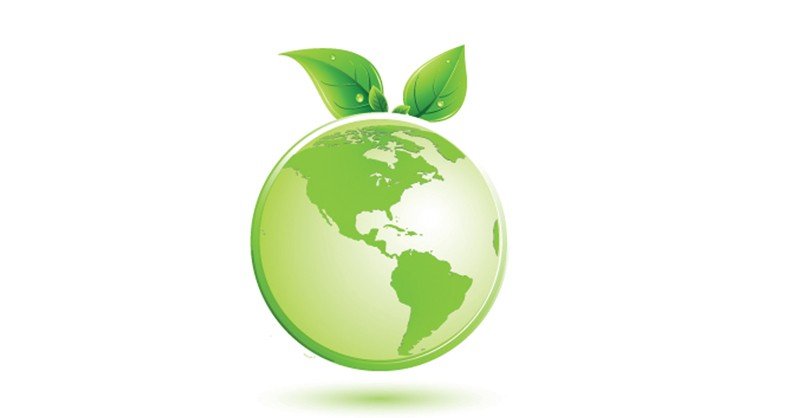Insects are invertebrates that are found in almost all environments across the globe. Most of them have bodies, which can be divided up into head, thorax and abdomen. Bugs and insects have more than a million different species. More importantly, they represent more than half the number of living organisms found on the planet.
This book tells you about the various different species residing on land in varying climatic conditions and in water. There are many groups of bugs and insects. But they can broadly be divided into:
Apteryota : This sub-class is comprised of the primitive wingless insects such as springtails and silverfish.
Pterygota (Exopterygota) : Also known as the winged insects, this sub-class consists of insects like mayflies, dragonflies, crickets, earwigs, grasshoppers and true bugs. In this group, bugs are wingless as nymphs and grow wings externally as adults.
Pterygota (Endopterygota) : This sub-class is comprised of winged insects like beetles, lacewings, true flies, butterflies, moths, bees, ants and wasps. For this sub-class of insects, the wings develop internally and the larvae look very different from adults, undergoing transformation in the pupa.

Each sub-class has various orders within the group, which is comprised of various different insects.
The number of existing species of insects is 6-10 million. While this number only represents those insects, which have been identified, many more are yet to be discovered.
How do we remember all those thousands of bugs and insects?
Well, we can’t; but it doesn’t hurt to try! So, we begin by a process scientists and naturalists (people who study Nature) call ‘classification’. This means we build categories in which we place the insects, based on some common or similar traits they share.
This is how we do it:
Kingdom
Phylum
Class

How to Read this Book
Name of bug : Asian Paper Wasp
Names you and I can easily remember!
Common Name :
Asian paper wasp
Scientific name :

Polistes chinensis
Family : Vespidae
Native to :
East Asia (China and Japan)
Interesting fact :
The queen with the help of the workers destroys nearly 70% of the laid eggs. This process is known as worker policing.
Why is it important for you to read this book?
The Earth is teeming with life, as it has for millennia; however, look around you–do you see the Giant land scorpions? No! They are extinct and all we can do is imagine how they must have been when they were alive, based on their fossils and bones. Insects are possibly the only living species that have been around since the time of dinosaurs. But many of them are threatened into extinction or already extinct. Insects play an extremely important role in maintaining the balance of our ecosystem. By learning more about insects you can help to better understand their importance. Read the book and be an active participant of our ecosystem!
Why should we save insects?
With millions of species around the globe, insects can be found in various shapes, sizes and colours. These insects exist in varying habitats. But what makes them special is the fact that without them our life would be very different. They help not only pollinate fruits, flowers and vegetables but also feed on dead and decaying matter, fungus and even dead animals. While there are parasitic insects that need to be controlled, many insects aid in the decomposition of organic and animal matter. They also act as a food-source for larger animals. The benefits provided by insects outweigh their disadvantages.

Can you help animals stay alive & healthy?
Yes! Some of you, after reading this book, may choose to become zoologists, biologists, naturalists and scientists–your studies and research may contribute valuable information to the human race to save and propagate the growth of insects! And yes, you could bring back the balance in favour of Mother Nature!

